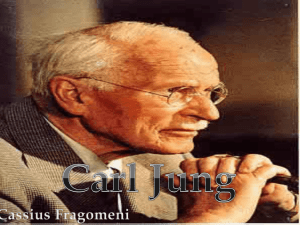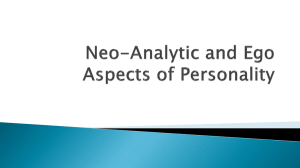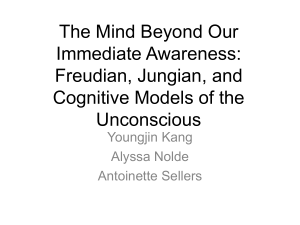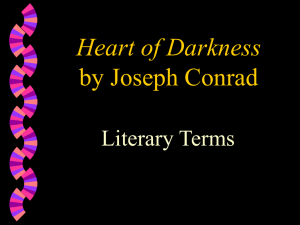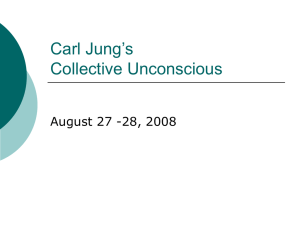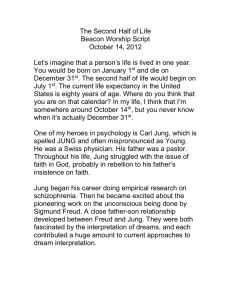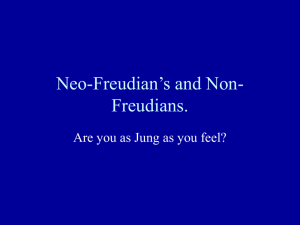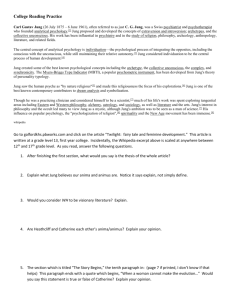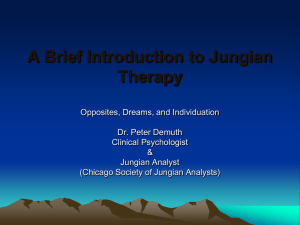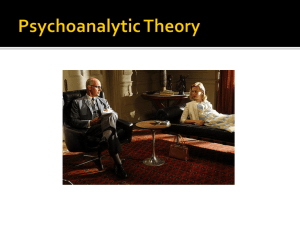Carl Jung and Religion
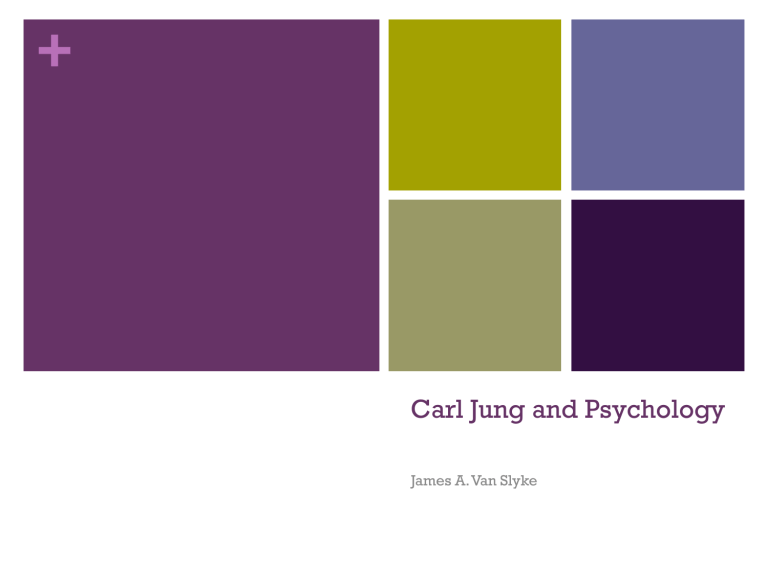
+
Carl Jung and Psychology
James A. Van Slyke
+ Carl Jung (1875-1961)
Swiss Psychiatrist
Father – Protestant Minister
Mother – Interested in Spirituality
Part of Freud’s original analytic group
Later parted ways with Freud over differences
Freud did not like Jung’s preoccupation with Religion
Caused a psychotic breakdown for Jung
+ Carl Jung (1875-1961)
Analysis of dreams, practicing psychoanalytic psychologist
Also studied the unconscious, but suggested a different personality structure
Strongly influenced by Christianity, but also Eastern religions
Buddhism, Hinduism, Taoism
Interested in integrating opposing forces
Yin and Yang
+
Jung’s Psychology
Ego – Conscious aspect of the person
Unconscious
Similar to Freud’s
Unconscious is primary force in thought and behavior
Libido – psychic instinctual energy
Not necessarily sexual or aggressive
Principle of the opposites
Structures of the psyche are antithetical pairs
Light vs. Dark
Principle of entropy - Psyche seeks out balance
+
Jung’s Psychology
Personal Unconscious
Each person has an individualized unconscious
Suppressed, forgotten memories, traumas, etc.
Collective Unconscious
Predates individual unconscious
Repository of religious, spiritual, and mythological symbols and experiences
Universal structure across different cultures
Cultural and Religious stories and narratives return to common themes
+
Jung’s Psychology
Archetypes
Primary structures of the collective unconscious
Similar to platonic forms
Jung’s description
“conceptual matrixes or patterns behind all our religious and mythological concepts, and indeed, our thinking processes in general.”
+
Jung’s Psychology
Archetypes
“Patterns of instinctual behavior” that are manifested according to the current cultural context, yet “a priori”
Can only be partially known and grasped
“For now we see only a reflection as in a mirror; then we shall see face to face. Now I know in part; then I shall know fully, even as I am fully known.” 1 Cor 13:11-13
+
Jung’s psychology
Archetypes
Paired opposites that must be integrated into the personality
Anima – feminine part of the self
Animus – masculine part of the self
Light vs. Dark
Shadow – Dark side of the personality
Negative aspects of the self must be integrated into the whole
Religious symbols and rituals allow us to deal with the unconscious
+
Jung and Religion
Concerned about secularization and scientism
(reductionism)
Religion is an important aspect of being human (Religious Self)
Helps to harmonize conscious and unconscious states
Secularization leads to a “rootless” existence
Religion is the best avenue to the unconscious
Individuation
Primary means for spiritual growth
Reuniting unconscious material with consciousness to achieve wholeness
+
Jung and Religion
Religious Symbols
Allow us to look at the unconscious
Shield us from direct contact
Offer new knowledge
Compensate for what is missing
Empower the transformation
Bridge conscious and unconscious to lead toward wholeness
Must be experienced rather than understood
+
Jung and Religion
Mandala
Art piece
Draws one toward the center
Spirituality should draw one toward the center
Self and God archetype
Religion and psychology cannot be separated; intrinsic to each other
Transcendent function of personality
Acceptance of shadow and other unconscious material
Leads to inner healing
+
Archetypes & Star Wars
Characters, Situations and Symbols in stories
Hero – Luke Skywalker
Reflects youthfulness
Usually called to a quest or mission
Represents the ego
Tries to overcome tensions in the unconscious
Wise Old man (Mentor) – Obi Wan and Yoda
Teaches the hero the nature of the psyche
Helps them toward maturity
+
Joseph Campbell
The Hero with a Thousand Faces (1949)
The Masks of God (1969)
Myths and stories continually return to common themes
Myths (religious or otherwise) ways in which cultures transmit values and mores
Religions are the “masks” that reflect the same fundamental transcendent truths
+
Joseph Campbell
Monomyth
Departure
Call to Adventure
Refusal
Supernatural Aid
Initiation
The Road of many Trials
Temptation
Confront the evil inside (Shadow or Father)
Reach the goal
Return to share what you have learned
+
Archetypes & Star Wars
Symbols
The Force
Dark Side – The Shadow
Luke must overcome and learn to control the shadow
Integrate into his own conscious
Movement from Denial to Acceptance
Religions often have similar structure
Struggle with dark side
Sin
Evil
Religious heroes overcome evil with the help of God
+
Jung & Christianity
How do we understand the relationship between, religion, mythology and Christ?
Exclusivist – there is no truth outside of the Christian faith
Inclusivist
C.S. Lewis – Christianity is the only true myth
Different religions mirror the transcendent in different ways, but
Christ is the closest to God
Universalism
All religions approximate the transcendent to a different degree
